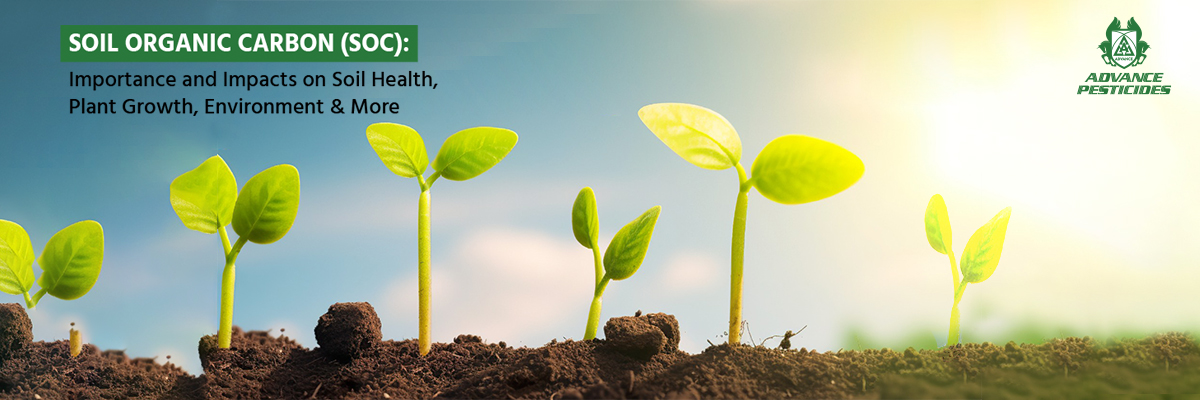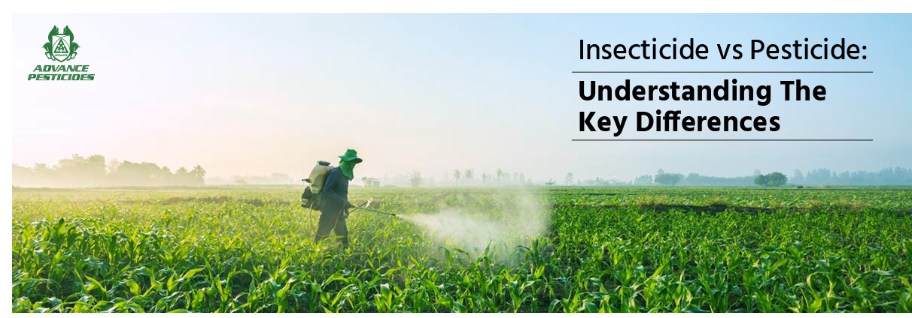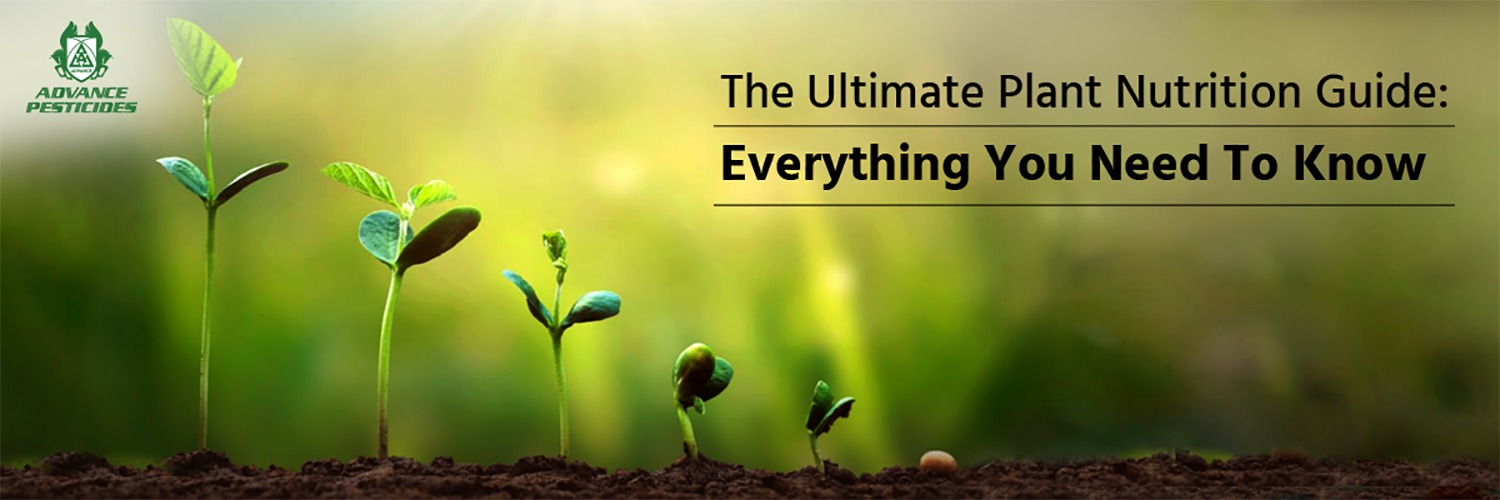Soil Organic Carbon (SOC): Importance and Impacts on Soil Health, Plant Growth, Environment & More

What Is
Soil Organic Carbon (SOC)?
The carbon content present in the organic matter of soil is
referred to as Soil Organic Carbon (SOC). It is a critical component of healthy
soil and is critical in many ecological processes. SOC is primarily derived
from plant decomposition and animal residues, like leaves, roots, and dead
organisms. It serves as a significant indicator of soil health and fertility.
SOC influences the soil's ability to retain and release essential nutrients. It regulates water-holding capacity and supports microbial activity. It also acts as a reservoir for carbon sequestration, helping mitigate climate change by removing carbon dioxide from the atmosphere.
Monitoring SOC levels is crucial for sustainable land management. It is a vital factor in understanding carbon dynamics. Loss of SOC through practices like deforestation and intensive agriculture can result in degraded soils. They reduce agricultural productivity and increase greenhouse gas emissions. By promoting practices that increase SOC, we can nurture healthier soils and enhance food security.
Factors Influencing Soil Organic Carbon Levels
Numerous factors influence the levels of Soil Organic Carbon (SOC)
in the soil. Below are the most crucial factors that determine carbon levels in
the soil.
Climate
Climate plays an integral role in SOC levels. Higher temperatures and increased precipitation can vitalise organic matter decomposition, resulting in lower SOC content. Conversely, cooler temperatures and drier conditions tend to slow down decomposition, leading to higher SOC levels.
Vegetation and Land Use
The type of vegetation cover and land use practices greatly impact SOC. Natural ecosystems, like forests and grasslands, usually have higher SOC levels than cultivated lands. Intensive agriculture, deforestation, and overgrazing can deplete SOC. On the other hand, practices like agroforestry and cover cropping can promote accumulation.
Soil Management
Agricultural practices have a direct impact on SOC levels. Tillage can accelerate organic matter breakdown, reducing SOC content. On the contrary, conservation tillage or no-till practices can help maintain higher SOC levels. This is done by reducing disturbance and preserving organic matter.
Soil Texture
Soil texture influences the capacity of soils to retain SOC. Soils with higher clay content have a greater capacity to hold organic matter than sandy soils. Clay particles provide physical protection to organic matter, preventing its rapid decomposition.
Soil pH
Soil pH affects microbial activity; it is a critical determinant of organic matter decomposition. Neutral to slightly acidic soils (pH 6-7) usually promote optimal microbial activity and improve SOC levels.
The Role Of Organic Matter In Soil Fertility And Nutrient
Cycling
Organic matter is a fundamental component of soil fertility and
plays a vital role in nutrient cycling.
Nutrient Storage and Release
Organic matter acts as a reservoir of nutrients. It holds and slowly releases them to plants as needed. It prevents nutrient leaching and ensures a steady nutrient supply for plants.
Soil Structure and Water Retention
Organic matter improves soil structure by binding soil particles together. It creates aggregates and better porosity. This promotes better water infiltration and reduces erosion. Further, it increases the soil's water-holding capacity.
Microbial Activity
Organic matter supports a diverse microbial community in the soil. Soil microorganisms break down organic matter, releasing nutrients. These nutrients are released in forms that plants can utilize. They also contribute to the decomposition process and help control plant pathogens.
pH Buffering
Organic matter acts as a pH buffer. It helps maintain a neutral pH range that is conducive to nutrient availability and microbial activity. Moreover, it prevents excessive soil acidification or alkalisation.
Soil Organic Carbon Analysis & Calculation Techniques
Soil Organic Carbon (SOC) analysis and calculation techniques are essential
for assessing soil health. They help understand carbon dynamics. Plus, they are
a great help in evaluating the effectiveness of land management practices.
Various methods for measuring SOC content in the soil are available, some of
which are discussed below.
Walkley-Black Method
This traditional wet chemistry method involves oxidizing soil organic matter. It enables quantifying the resulting carbon. This technique is extensively used and relatively inexpensive. However, this requires the use of hazardous chemicals.
Dry Combustion
This technique involves heating soil samples to high temperatures to burn off organic matter and measuring the released carbon dioxide. It provides accurate results but requires specialised equipment.
Near-Infrared Spectroscopy (NIRS)
NIRS is a rapid and non-destructive technique that analyses soil samples by measuring the reflected or absorbed light. It can provide estimates of SOC content quickly, making it suitable for large-scale studies.
Carbon Modeling
Carbon modelling techniques use mathematical models to estimate SOC content. The estimation is based on various soil properties and environmental factors. These models utilise data like climate, land use, vegetation cover, and soil characteristics to predict SOC levels.
Why Is
Soil Organic Carbon Important?
SOC has immense significance. To learn about them, continue
reading.
● Soil organic carbon (SOC) is important for soil health and fertility.
● It improves
soil structure, water-holding capacity, and nutrient availability.
● SOC supports
beneficial microbial activity and enhances soil biodiversity.
● It acts as a
reservoir for essential nutrients, releasing them gradually to plants.
● SOC helps
mitigate climate change by sequestering carbon dioxide from the atmosphere.
● It promotes
sustainable agriculture and reduces the reliance on synthetic fertilisers.
● SOC improves
soil resilience, ultimately reducing social erosion.
● It supports
sustainable land management practices and helps preserve soil quality for
future generations.
Carbon Sequestration And Climate Change
Soil carbon sequestration refers to the process of capturing and
storing carbon dioxide (CO2) from the atmosphere in the form of soil organic
carbon (SOC). It has a broad impact on mitigating climate change by removing
CO2. By getting rid of this major greenhouse gas from the atmosphere, it is
stored in the soil.
Relationship Between Soil Organic Carbon And Climate Change
Higher levels of soil organic
carbon have multiple climate benefits. SOC acts as a carbon sink, reducing the
concentration of CO2 in the atmosphere. Further, it improves soil fertility,
promoting healthier plant growth and increasing the uptake of CO2 through
photosynthesis. SOC also enhances soil water-holding capacity. It reduces the
vulnerability of ecosystems influenced by climate change.
Carbon Sequestration Potential Of Different Soil Types
The carbon sequestration potential varies among different soil
types. Soils with higher clay and organic matter content tend to have a greater
capacity to store carbon. Additionally, wetland soils, peatlands, and forests
often have higher carbon sequestration potential due to their unique
characteristics and high organic matter accumulation.
Impacts
of Land Management Practices On Soil Carbon Sequestration
Land management practices significantly influence soil carbon
sequestration. Sustainable practices such as conservation tillage, cover
cropping, agroforestry, and organic amendments can enhance SOC levels. Conversely,
intensive agriculture, deforestation, overgrazing, and soil erosion contribute
to the loss of SOC, leading to increased greenhouse gas emissions and reduced
soil fertility.
How To Increase Organic Carbon In Soil?
To increase organic carbon in the soil, implement these practices.
- Add
organic amendments like compost or manure.
- Adopt
cover cropping to provide continuous organic matter input.
- Practice
conservation tillage or no-till farming to reduce organic matter
decomposition.
- Avoid
overgrazing and deforestation, which deplete organic carbon.
- Incorporate
agroforestry systems for long-term organic matter accumulation.
Soil Organic Carbon And Ecosystem Services
Soil organic carbon (SOC) is integral to the functioning of
ecosystems and provides a range of crucial ecosystem services. Understanding
the role of SOC in supporting these services is essential for sustainable land
management and maintaining ecosystem health.
The Role Of Soil Organic Carbon In Soil Structure And Water Retention
SOC contributes to soil aggregation, enhancing soil structure and
stability. This improves soil porosity, allowing for better water infiltration
and reducing erosion. Increased SOC content also enhances water-holding
capacity, ensuring a steady supply of water to plants and mitigating the
impacts of drought.
Soil Organic Carbon And Its Influence On Soil Biodiversity
SOC fosters a diverse and abundant microbial community in the
soil. Microorganisms play a vital role in nutrient cycling, organic matter decomposition,
and plant-microbe interactions. Greater SOC content supports higher soil
biodiversity, leading to improved ecosystem resilience and productivity.
Impacts Of Soil Organic Carbon On Nutrient Availability And
Plant Growth
SOC acts as a nutrient reservoir, providing a steady supply of
essential elements for plant uptake. It enhances nutrient retention, reduces
nutrient leaching, and improves nutrient cycling within the soil. This results
in improved nutrient availability for plants, promoting healthy growth and
higher crop yields.
Socioeconomic Benefits Of Maintaining Healthy Soil Organic
Carbon Levels
Maintaining healthy SOC levels brings several socioeconomic
benefits. It reduces the need for synthetic fertilizers, decreasing production costs
for farmers. Improved soil fertility leads to increased agricultural
productivity and food security. With that, SOC is essential for carbon
sequestration. It contributes to climate change mitigation and supports
sustainable development goals.
Monitoring
And Conservation Of Soil Organic Carbon
Monitoring and conservation of soil organic carbon is crucial for
maintaining soil health and sustainability. Regular monitoring allows for the
assessment of SOC levels and trends, helping to identify areas of concern and
implement appropriate conservation practices.
Conservation strategies like reducing soil erosion, implementing cover cropping, and adopting agroforestry techniques can help enhance SOC levels. By prioritising the monitoring and conservation of soil organic carbon, we can promote long-term soil fertility. Plus, we can improve water retention, mitigate climate change, and support overall ecosystem health.
Future
Perspectives And Challenges
Future perspectives and challenges in soil science and management
revolve around sustainable practices, precision agriculture, and climate change
adaptation. Developing innovative techniques for soil carbon sequestration,
integrating advanced technology in soil monitoring, and addressing land
degradation issues are key challenges. Collaboration among scientists,
policymakers, and farmers is vital to overcome these challenges and ensure the
future resilience and productivity of our soils.
Soil Organic Matter (SOM) And Soil Organic Carbon (SOC)
Various aspects of SOM and SOC are tabulated below.
|
Aspect |
Soil Organic Matter (SOM) |
Soil Organic Carbon (SOC) |
|
Definition |
Soil’s organic content |
The organic matter in the soil
that contains carbon |
|
Composition |
Contain several organic
substances (carbohydrate, lignin) |
Comprises of carbon elements
within soil’s organic matter |
|
Role |
Promotes fertility of soil along
with water retention, microbial activity, and nutrient cycling |
An ideal indicator of the
organic matter content of soil affecting solid properties and processes. |
|
Measurement |
Measure organic matter like
nitrogen and carbon, along with other organic compounds. |
Measured especially as the SOM’s
carbon content |
|
Importance |
Profound indicator of soil
fertility and health |
Great help for understanding
nutrients available in the soil to check its quality. |
|
Factors Influencing |
Climate, land management
practices, vegetation cover, decomposition rate, and more |
Land use, Climate, decomposition
rates, and organic inputs |
|
Impact on Agriculture |
Improves soil fertility and
water-holding capacity, increase nutrient availability and the overall
productivity of plants |
Aids in determining fertiliser
requisition, available nutrients, and strategies for soil management |
|
Relationship to Climate Change |
Has a vital role in greenhouse
gas emissions and carbon sequestration |
Impacts the ability of the soil
to sequester carbon and impacts levels of
atmospheric CO2 |
|
Conservation Strategies |
Organic amendments, crop
rotation, reduced tillage, cover cropping, agroforestry, etc. |
Mainly focused on practices
supporting carbon sequestration and organic matter accumulation |
FAQs
About Soil Organic Carbon
Q1. How Does
Soil Organic Carbon Effect Soil Carbon Efflux?
Soil organic carbon affects soil carbon efflux by serving as a
source of carbon dioxide (CO2) emissions when decomposed by microorganisms in
the soil.
Q2. How Much Organic Carbon In Soil?
The amount of organic carbon in the soil varies majorly depending
on factors like soil type, land use, and management practices. It generally
ranges between 1% and 6% of the soil's weight.
Q3. How Is Soil Organic Carbon Formed?
The decomposition of organic matter, like plant and animal
residues, by soil organisms like bacteria, fungi, and earthworms forms SOC.
Q4. What Is The Source Of Organic Carbon?
There are many sources of organic carbon, including plant residues
and animal manure. Decomposing vegetation, microbial biomass, and other organic
inputs are also sources of organic carbon. These are added to the soil through
natural processes or human activities.
Q5. What Is Soil Organic Carbon Sequestration?
The process of capturing and storing atmospheric carbon dioxide
(CO2) in the soil is called SOC sequestering. This happens through the accumulation
of organic carbon, thus mitigating climate change.
Q6. What Is Soil Organic Carbon Pools?
SOC pools are different compartments or reservoirs of organic
carbon within the soil, including living organisms, fresh organic matter,
decomposing organic matter, and stabilised organic matter, each playing a role
in carbon cycling and storage.
Conclusion
Soil organic carbon (SOC) has an immense significance in soil
health, plant growth, and environmental sustainability. It enhances soil
structure, water retention, and nutrient availability, supporting robust plant
growth and productivity. SOC is also a crucial carbon sink, sequestering
atmospheric carbon and mitigating climate change. Recognising the importance of
SOC and implementing conservation practices is essential for preserving soil
health, agricultural productivity, and the well-being of our planet.
Explore Advance Pesticides for Sustainable Soil Solutions
Cultivate sustainable soil solutions with Advance Pesticides. Step into a world where innovation meets agriculture, where pests are subdued, and soil health thrives. Discover our comprehensive lineup of top-notch nutrients, pesticides, weedicides, fungicides, and growth regulators. From defending your crops against invaders to nurturing a vibrant soil ecosystem, Advance Pesticides is your partner in sustainable farming. Unveil the secrets of prosperous harvests and ecological balance. Join us on this transformative journey and witness the transformative power of Advance Pesticides.





